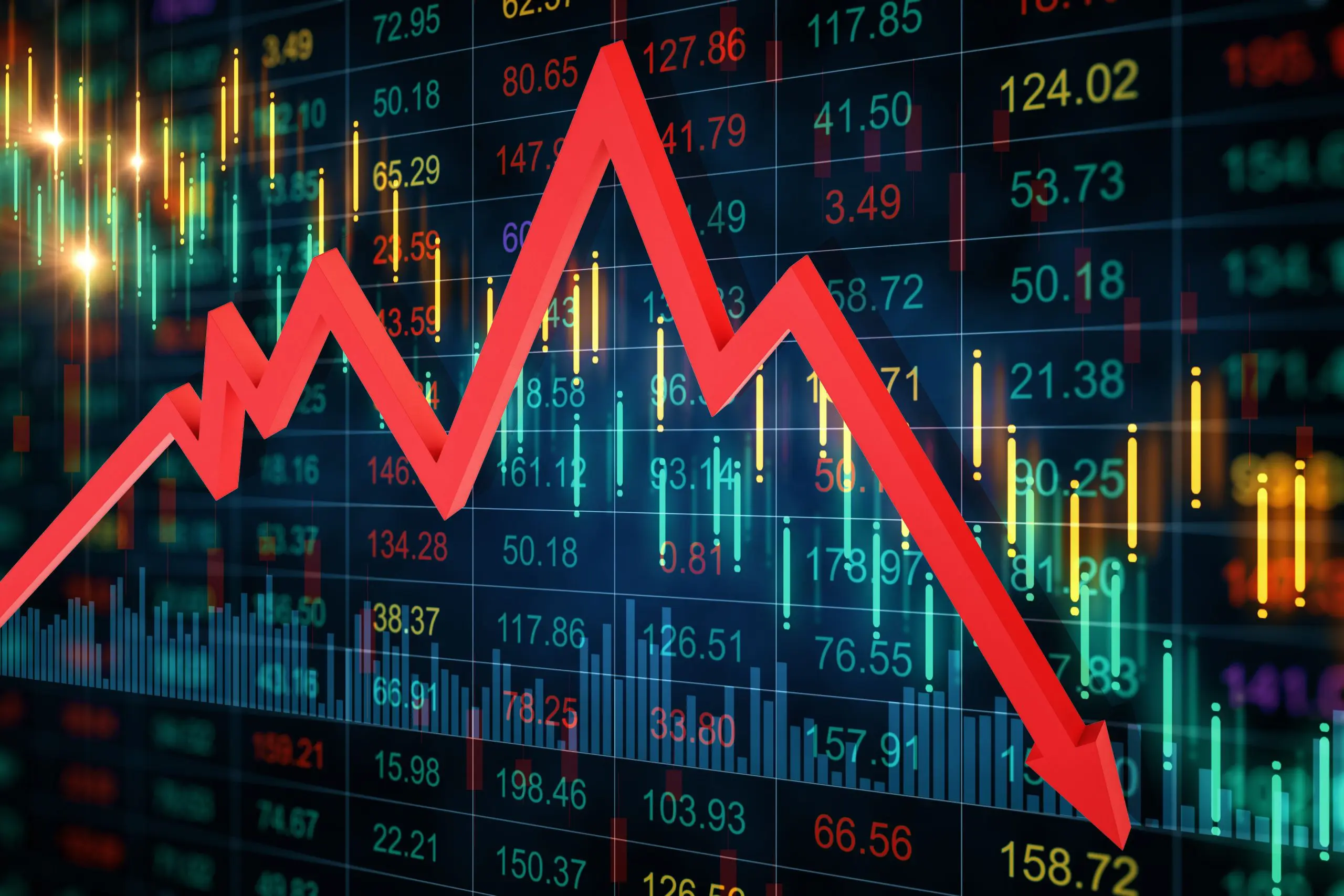On June 12, 2024, the Federal Reserve held a critical meeting that has been the focus of investors and market analysts. The outcome of this meeting is particularly important because it provides guidance on the future of interest rates, which has a direct impact on the markets and individual investors.
What has made investors anxious about the results of this meeting was the uncertainty of whether the Fed was going to raise or decrease rates, a rare thought, as usually the decision is one of changing or not changing rates.
The Fed decided to hold interest rates steady. This decision was made after considering recent inflation data, which showed a slight cooling in price pressures. This data suggests that inflation is stabilizing, which reduces the urgency for the Fed to raise rates to cool the economy.
The Federal Reserve also decided not to reduce interest rates, equally significant in the context of economic growth and inflation.
Rates are still expected to be reduced soon, with a cut of .25% by the end of 2024 and an additional 4 cuts expected in 2025.
So what does all of this mean for investors?
The Fed’s decision to keep rates unchanged means that borrowing costs will remain at their current levels. This isn’t great news for homebuyers and automobile purchasers. While current interest rates are not at historic highs, they are significantly higher than during the past ten years, prior to when the Fed began raising rates in 2022. It is interesting that the housing market has not softened as many people had expected.
The delay in reducing rates is good for savers as interest rates for money market funds, CDs, and bonds will remain at current levels, providing higher returns than in the recent past. Finally, conservative investors, wary of investing too much in the stock market, are being paid at or slightly higher than the inflation rate, at least as measured by the reported Consumer Price Index at 3.3%.
Ultimately, when the Federal Reserve begins to cut rates, it will do so under the belief that economic growth has stalled or slowed to the point where a recession is a concern.
The hope always is that the Fed will get out in front of a possible recession, but that usually is a task too difficult to manage well (at least in the past).
Should any changes be made to your Portfolio?
The initial reaction to the Fed announcement was positive for stocks, with the S&P500 and Nasdaq rising to new all-time highs. This is because steady interest rates can support continued economic growth and corporate profitability, which are key drivers of stock prices.
As far as changes to your portfolio, it is important to understand that the Fed’s policy is not set in stone. The central bank continuously monitors economic indicators and can adjust its policy as needed. Investors should be aware that if inflation starts to rise again, the Fed may consider raising rates to prevent the economy from overheating. Conversely, it can reduce rates sooner than expected if their concern over economic growth stalling grows. Therefore, making changes to the portfolio based on Fed expectations can result in losses.
One thing you may want to do is consider investing any idle cash you have into a higher-yielding money market fund. Money market brokerage accounts usually pay higher rates than money market or savings accounts at banks. If the Fed is indeed looking to reduce rates five times over the next eighteen months, then the opportunity to earn 5% annually on those cash investments may not last much longer.
Other than that, our guidance remains consistent: the best thing to do is to maintain your allocation to stocks and bonds and earmark your cash needs for the next two to three years in cash or cash equivalents (such as brokerage money markets, CDs, or short-term bond funds).
Remember, the Fed’s policies are designed to maintain long-term economic health, and while they may not always align with short-term investment goals, they are essential for overall market stability.



